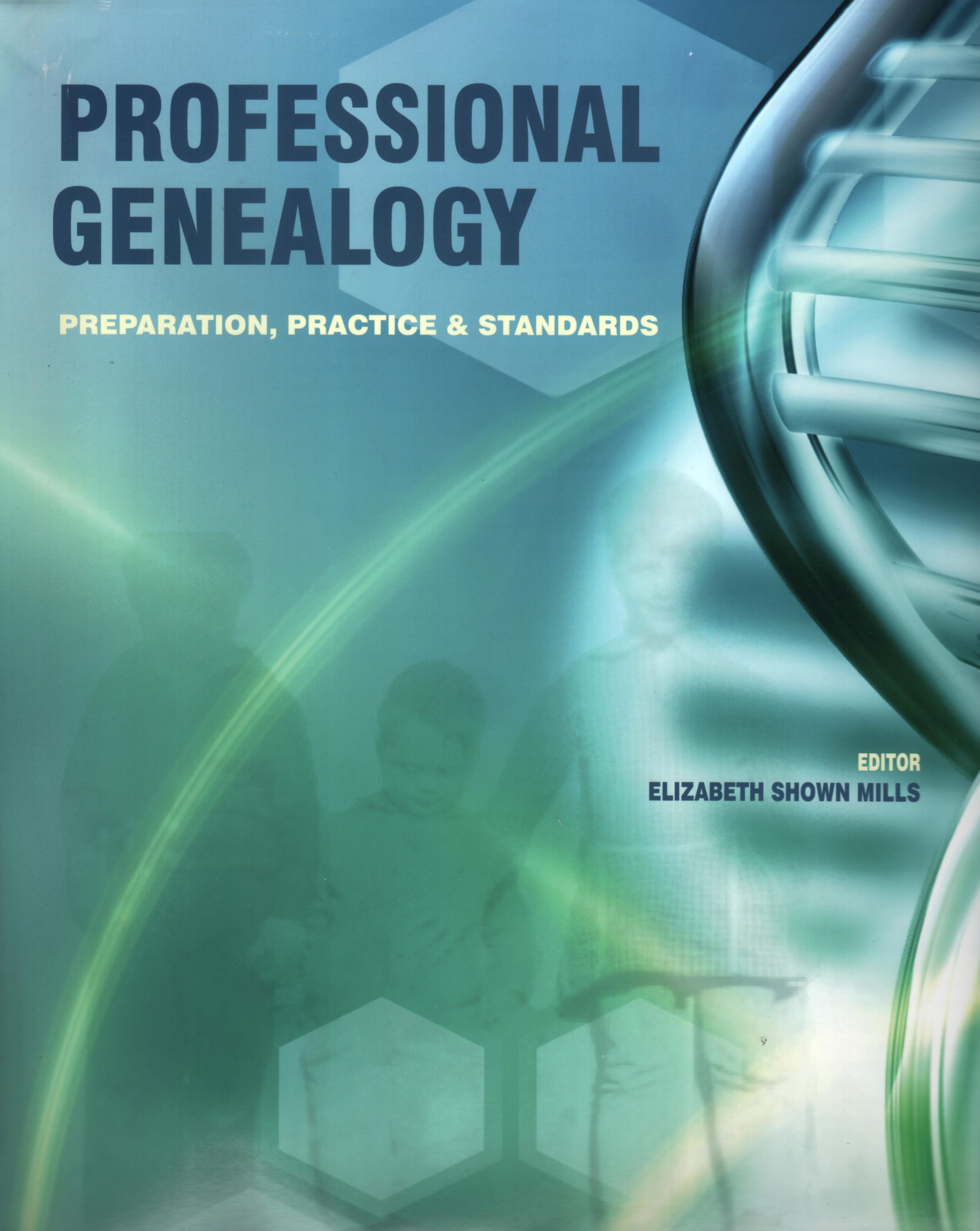
Handling Secrets & Sensitivities When Writing Family Histories, By Michael J. Leclerc, CG
(Excerpted from Michael J. Leclerc, “Crafting Family Histories,” Elizabeth Shown Mills, ed.,
Professional Genealogy: Preparation, Practice & Standards (Baltimore: Genealogical Publishing Co., 2018), 519–44.)
Writing family histories is one of the most meaningful ways we can communicate the results of our research to our family members and even ourselves. Our projects can be large or small. We can present family history as blog posts, books, journal articles, or privately shared biographies and family sketches. Across this variety, there do exist certain formats, standards, and practices that are hallmarks of quality products. There are surprises and sensitivities we have to navigate.
Every family has secrets. Many are things common and unremarkable to us in the modern era. For older family members and in other societies, the situation may have had significant consequences and emotions can run deep.
Obviously, in reporting our findings we should never lie, obfuscate, or obscure the truth. The truth will out eventually. We want our own reputation and legacy to be one of quality research and reliable reporting. In her 1867 genealogy of the Glover family, as an example, Anne Glover wrote:[1]
[Rachel] was twice married. First, Jan. 1, 1785, at the age of twenty-four years, to Benjamin Homes, Esq., of Norton, by the Rev. Jedediah Adams, of Stoughton. He was of distinguished family and ancestry, was the second son of William and Rebecca (Dawes) Homes, of Boston, and was born there in 1763. At the time of his marriage he was twenty-two years of age, and had already been elected to various town and county offices, and was Justice of the Peace for the County of Bristol.24
Benjamin Homes actually was born in 1760, not 1763, and the truth is that he married Rachel on 4 June 1785. Glover backdated the marriage to January because Benjamin and Rachel’s only child was born in November 1785, four months after their marriage. Glover then goes on to discuss Rachel’s second marriage and the children of that union. She fails, however, to mention that Benjamin abandoned her and the child. Like Rachel, he entered into a second marriage and had children with his second wife.Glover’s purposefully altered “facts” and the lack of documentation for any of her work call into question everything she wrote.
While we must be honest, it is also important to consider the feelings of living individuals. When you are dealing with family secrets from a century or more ago, it should be fairly safe to publish whatever you have found. When it involves incidents less than a century old, people may still be alive who were personally involved or knew those involved.
As a compromise, we might write up everything we have discovered about the issue, attaching copies of any evidence that is not easily available. We then donate the file to a responsible, professionally run archive, historical society, or library—placing access restrictions on the material. For example, we might stipulate that the file remain closed until a certain amount of time has elapsed (say, twenty-five or thirty years). By the end of an appropriately calculated period, enough time will have passed that no person who would be offended is likely to be alive.
In the meanwhile, the family history we are writing might address the issue vaguely. A footnote can say there is insufficient space to discuss everything about the family in this work, but that files are on deposit at the site we have chosen. This way, future genealogists will be able to get the facts without our being insensitive to the feelings of living people, and we will not have compromised our integrity.
[1] Anna Glover, Glover Memorials and Genealogies (Boston: David Clapp & Son, 1867), 326. The chapter from which this excerpt is taken provides documentation for the corrections made above.
Recent Blog Posts




